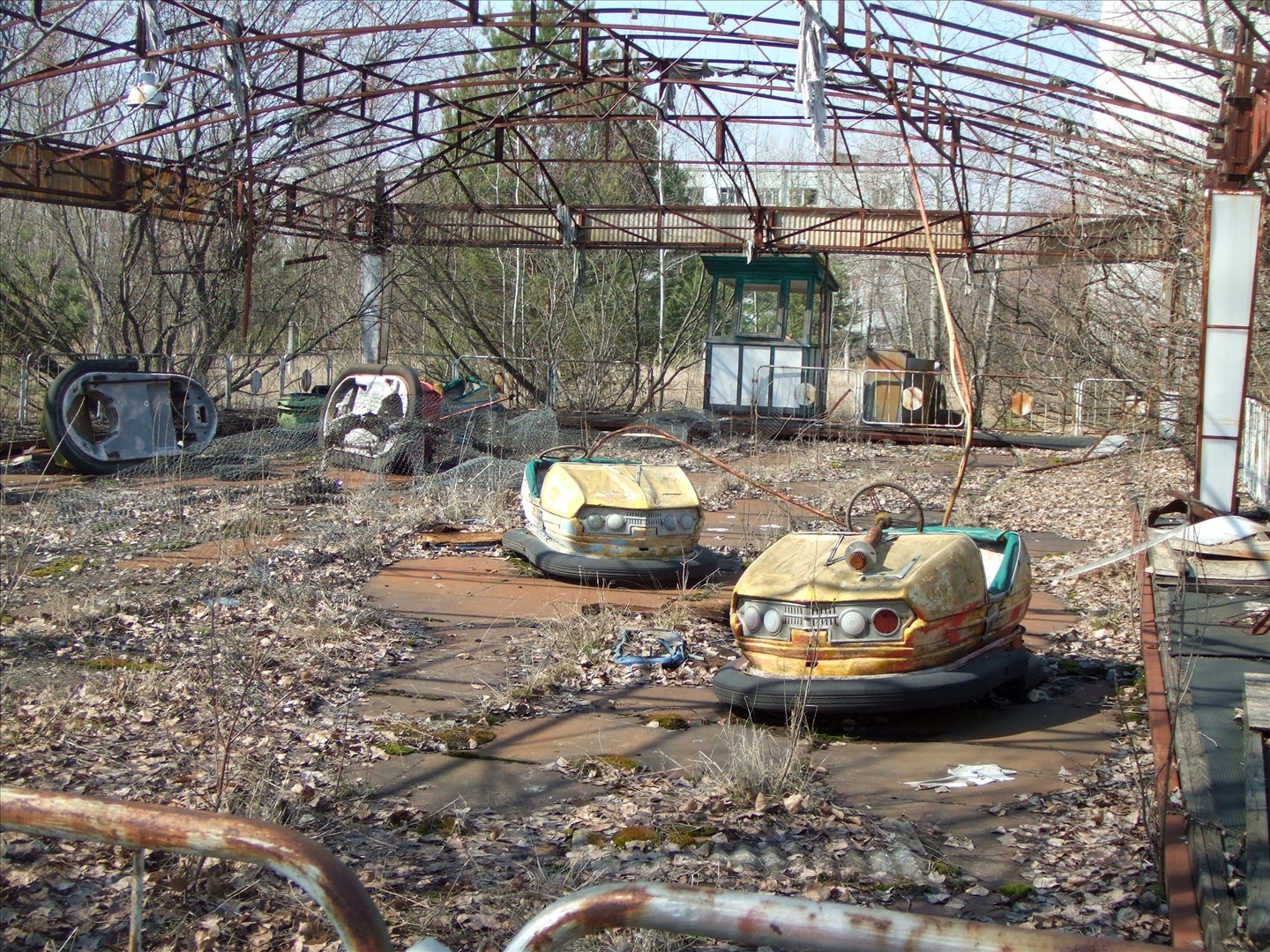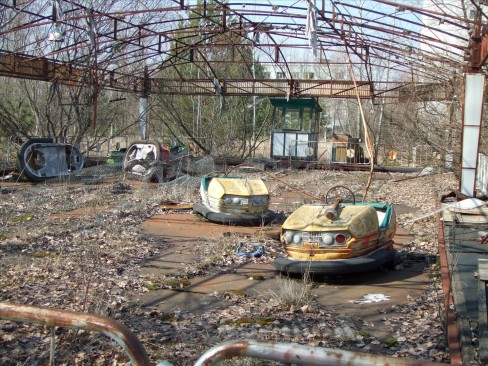This year marks the 25th anniversary of world’s worst nuclear disaster. In the early hours of April 26 1986 a series of explosions at Chernobyl’s number 4 nuclear reactor released large amounts of radioactive matter into the atmosphere over of much of Europe damaging lives and livelihoods. This is what happened on that day
Late on April 25 1986 engineers in Chernobyl’s number 4 reactor began an experiment to examine if cooling pumps could function if the backup power supply failed.
To do this they lowered control rods into the reactor to reduce the rate of fission and lower the production of electricity. However, too many rods were lowered and the reactor came close to nearing a complete shutdown. To avoid this the automatic emergency shutdown system was disabled.
To recover the reactor and to continue the experiment the engineers raised the control rods to increase the rate of fission. This gradually worked, however while the fission rate was increasing a spike occurred which lead the reactor to overheat. The immense heat in the reactor vaporised coolant and with this the control rods were lowered again in an attempt to stop the nuclear process.
But the rods displaced the remaining coolant and further increased the radioactive process in the chamber. The increasing pressure lead to two explosions which raptured the reactor’s roof opening it to the atmosphere. As oxygen entered the chamber it ignited a chemical fire which burned for nine days. The explosion and fire spread radioactive material over much of Europe and the former Soviet Union.
The Soviet Union only admitted there was a meltdown following the detection of high levels of radiactive material in Swenden’s Forsmark Nuclear Power Plant on April 28 1986, two days after the explosions and over 1,000km away. It was after this discovery in Sweden that people in Chernobyl’s neighboring city of Pripyat were evacuated.
View 25 years of satellite images of Pripyat here.
View an interactive StreetView of Pripyat.
By 1990 600,000 people were invloved in the clean up operation, 100,000 times more than were working in the station at the time of the accident. Of the 600 people working in the station 134 received dangerously high levels of radiation poisoning.
Chernobyl from jason windebank on Vimeo.
In Ireland and the UK radiation from the explosion was detected on May 2, 1986, a week after the incident. Twenty five years later and the Radiological Protection Institute of Ireland says that radiation from Chernobyl poses no risk to human health in Ireland,
It was calculated that Chernobyl resulted in an approximate 3 per cent increase in radiation exposure to the average Irish person in the 12 months following the accident.
Given that the radioactivity levels in the environment decreased rapidly in the months and years following the accident, the additional exposure to the Irish population in subsequent years would have been very much less.
Today the radiation dose to the Irish population from Chernobyl is indistinguishable from the usual background radiation.
Until 2011 Chernobyl was the only level 7 rated nuclear incident on the International Nuclear Event Scale. This year the continuing disaster in Fukushima, following the March 11 earthquake and tsunami, become the second level 7 incident.
To this day 2,500 employees guard the ruins of the nuclear power plant inside of the 48Km (30m) exclusion zone. And this year the Ukrainian government plans to open part of the area to tourism.












